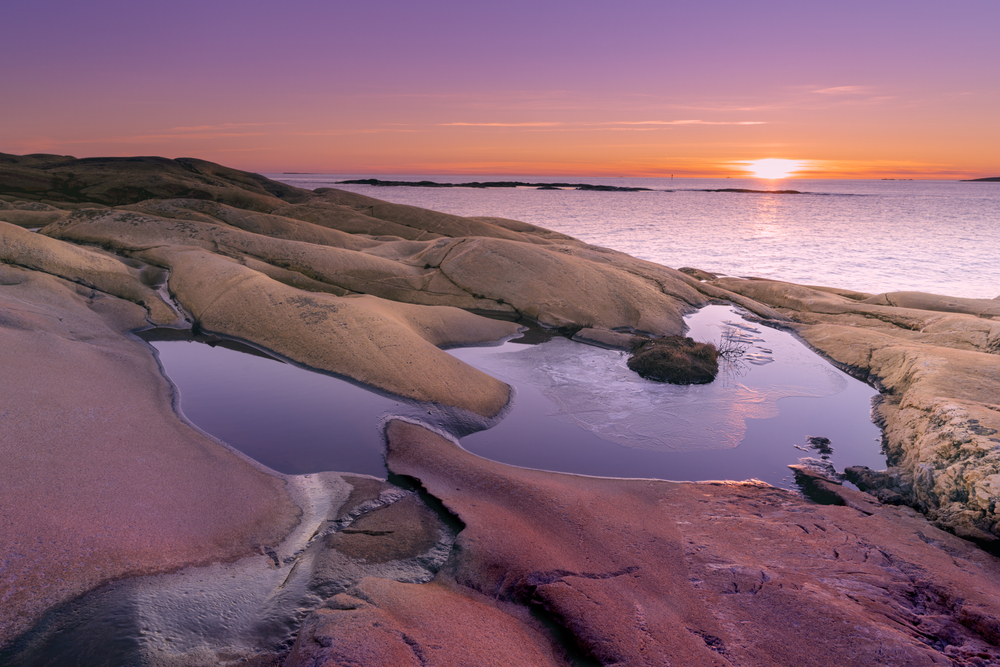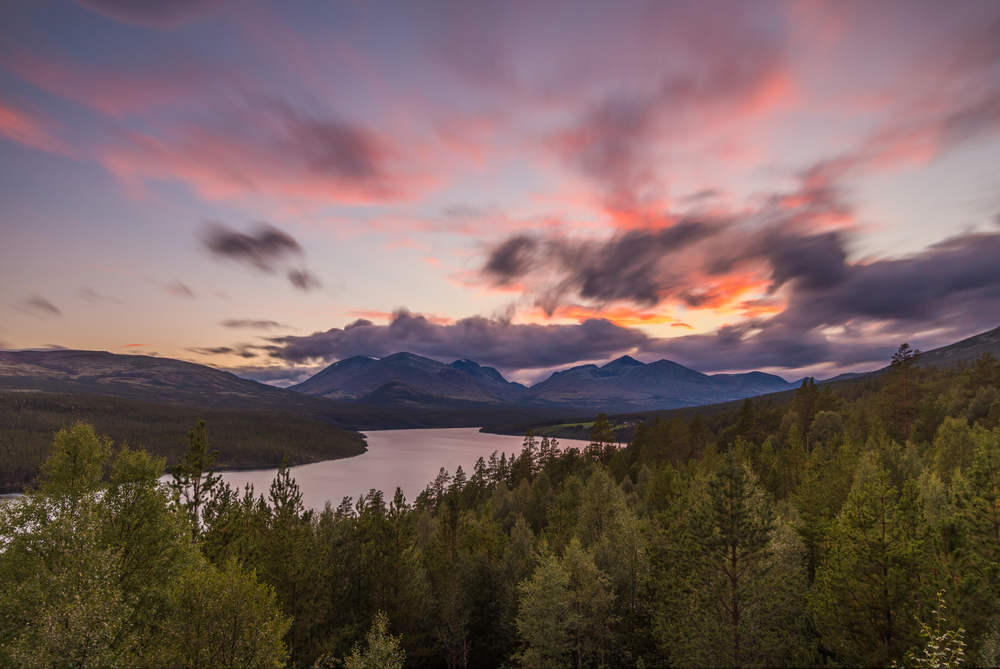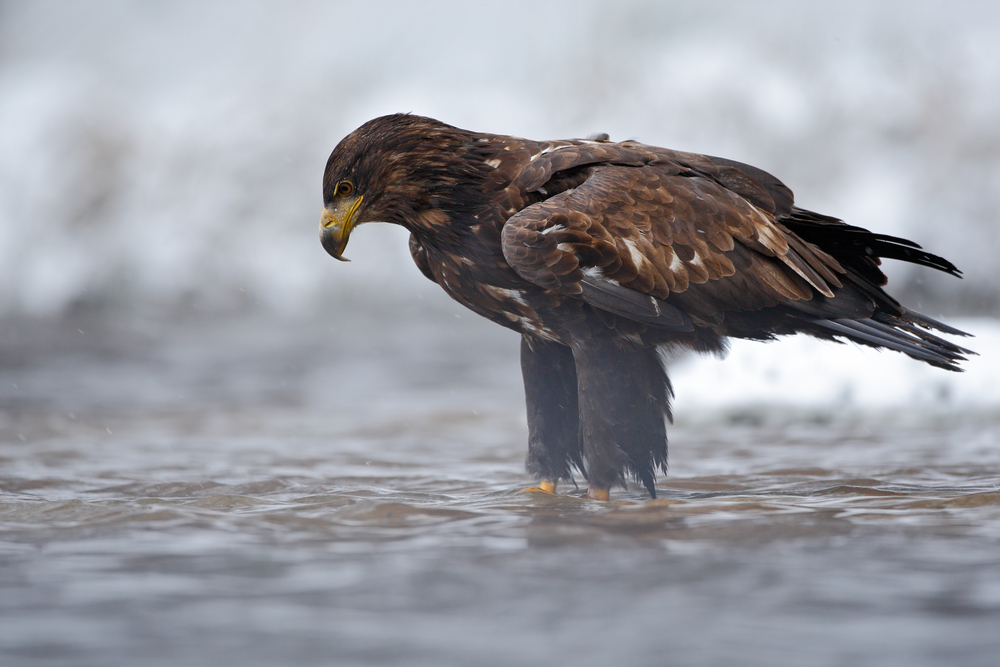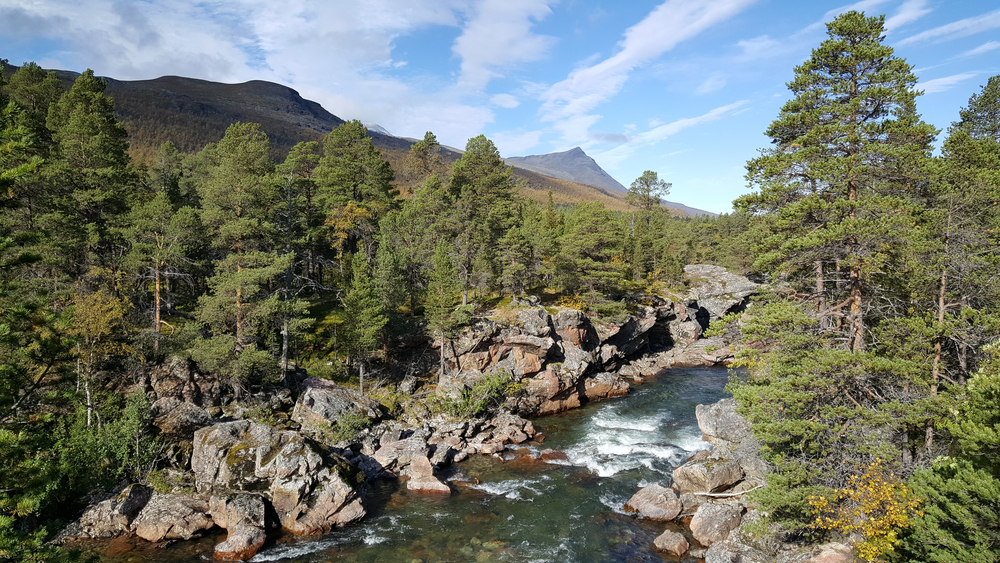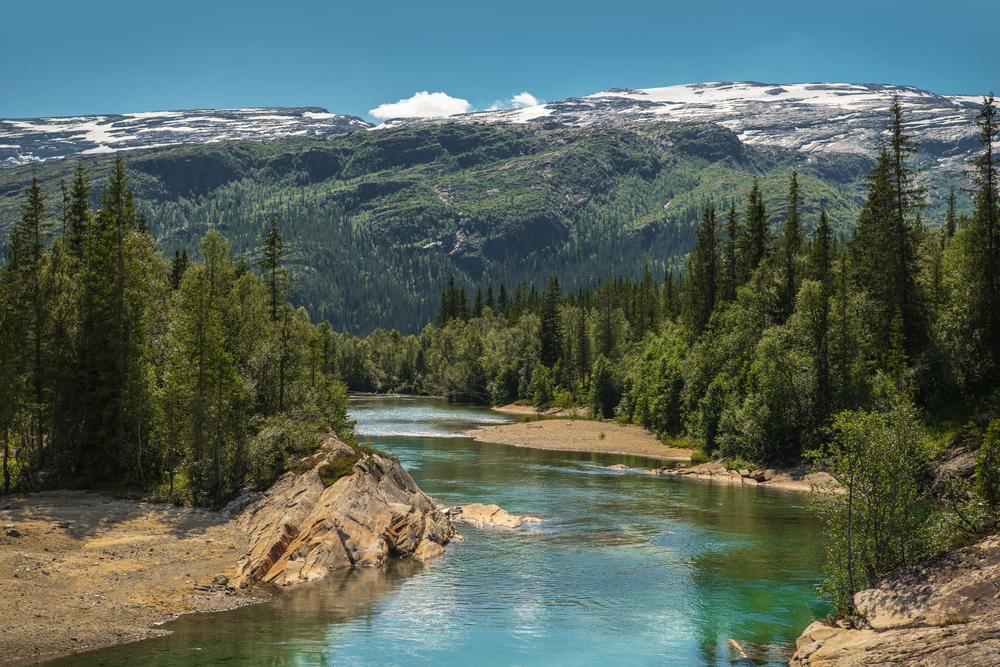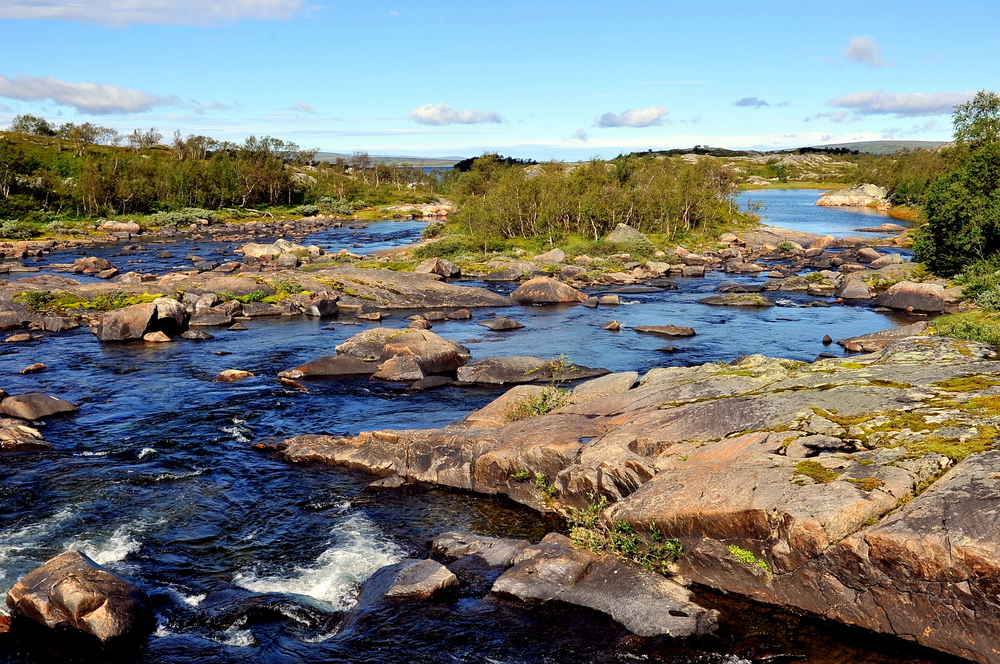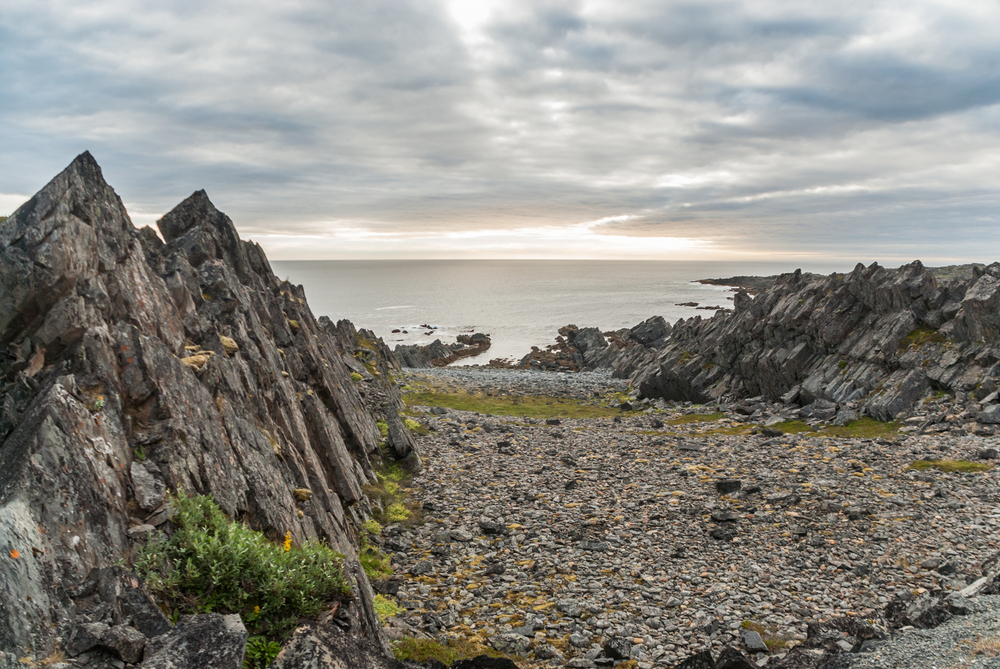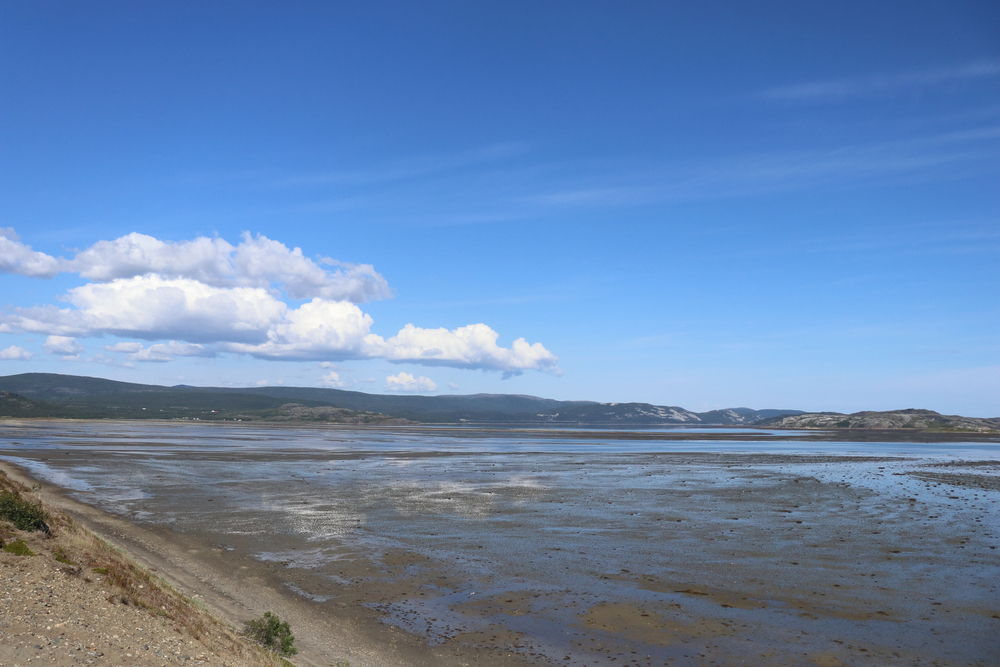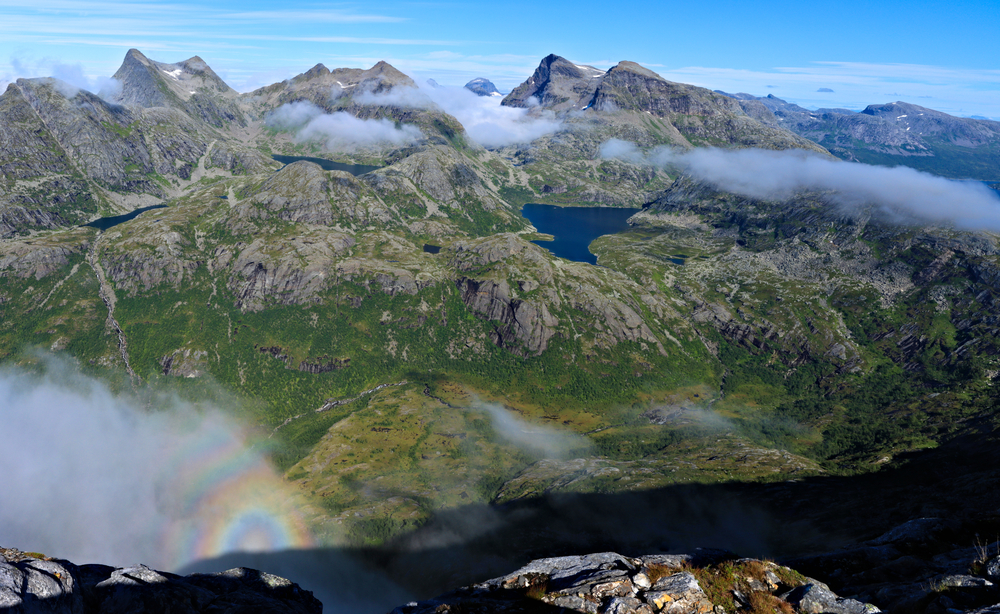Ytre Hvaler Overview
Ytre Hvaler National Park, known as Ytre Hvaler nasjonalpark in Norwegian, is a coastal marine park located in Viken County, Norway, near the border with Sweden.
Covering an area of approximately 132 square miles (340 square kilometers), the park was established in 2009 to protect the rich marine and coastal ecosystems of the Hvaler archipelago and surrounding waters.
This park is Norway’s first marine national park and includes both land and sea areas, featuring a unique mix of islands, skerries, reefs, and deep fjords. It forms part of the larger Skagerrak region, which is known for its diverse underwater life and important natural habitats.
The park’s landscape is shaped by glacial and post-glacial activity, creating a rugged coastal terrain with smooth, weathered granite formations, deep channels, and underwater reefs. The islands and islets within the park are characterized by rocky shores, sandy beaches, and patches of heathland, while the underwater environment is equally fascinating, consisting of kelp forests, eelgrass meadows, and cold-water coral reefs.
The most significant of these reefs is the Tisler Reef, one of the largest known cold-water coral reefs in Europe, and an essential habitat for marine life. The presence of tidal pools and shallow lagoons further enhances the park’s ecological diversity, providing critical breeding and feeding grounds for various species.
Wildlife is abundant both on land and in the sea. The park’s marine environment supports a wide range of fish, crustaceans, and mollusks, along with seals that can often be seen resting on the rocky outcrops. Harbor seals and grey seals are commonly spotted in the area, and porpoises occasionally make an appearance in the deeper waters.
Birdlife is also a highlight of Ytre Hvaler National Park, with numerous seabirds such as common eiders, oystercatchers, and Arctic terns nesting in the area. Birds of prey like white-tailed eagles can be seen soaring above the islands, while various wading birds forage along the tidal zones.
The terrestrial habitats of the park support mammals such as red foxes, roe deer, and otters, adding to the diverse range of species that can be encountered.
Visitors to Ytre Hvaler National Park are drawn to its stunning coastal scenery and the wealth of recreational opportunities it offers. Boating is one of the most popular activities, with kayakers and sailors exploring the intricate network of islands and sheltered waters.
Scuba diving and snorkeling provide a closer look at the park’s rich marine life, especially around the Tisler Reef and kelp forests. Hiking trails on the larger islands allow visitors to experience the rugged landscapes and enjoy breathtaking ocean views.
Birdwatching and wildlife photography are also rewarding activities, particularly in the spring and summer when bird populations are at their peak. Fishing is permitted in certain areas, with local regulations in place to ensure sustainability.
Conservation efforts in Ytre Hvaler National Park focus on protecting its delicate marine ecosystems while balancing human activities such as fishing, tourism, and boating. The establishment of the park has led to increased awareness of the importance of marine conservation in Norway, and ongoing monitoring programs help safeguard the park’s biodiversity.
One of the key conservation successes has been the protection of the Tisler Reef, which was previously threatened by trawling and other human activities. Strict regulations now prevent destructive fishing practices, allowing marine life to thrive.
However, challenges remain, including the impacts of climate change, pollution, and increased tourism. The park’s management continues to work on strategies to mitigate these threats while promoting sustainable use of the area’s natural resources.








































































